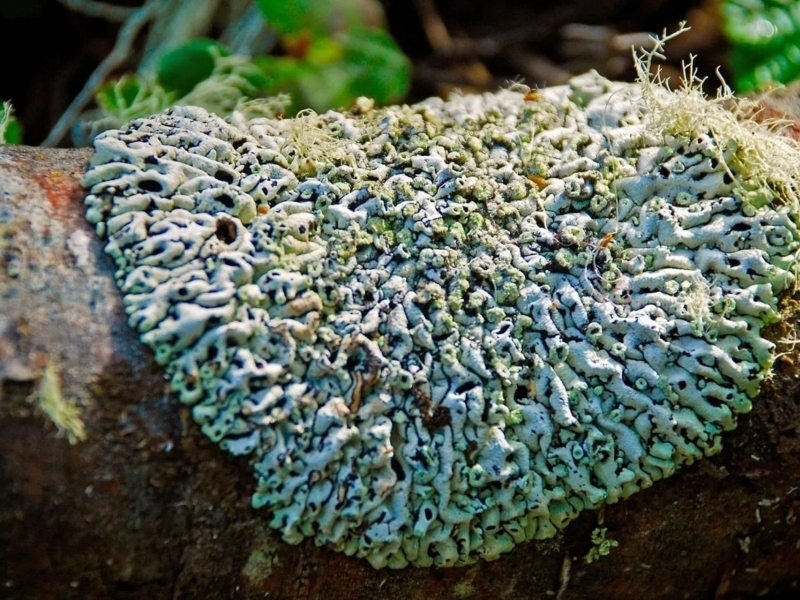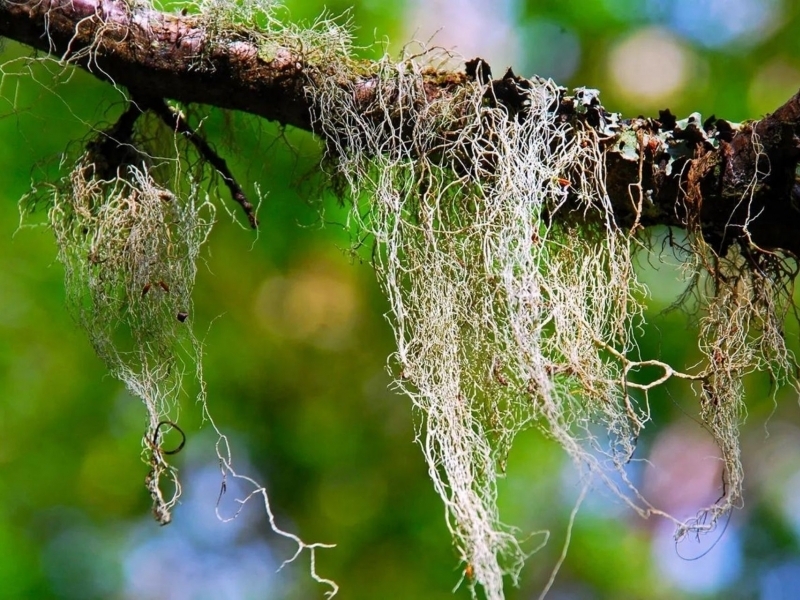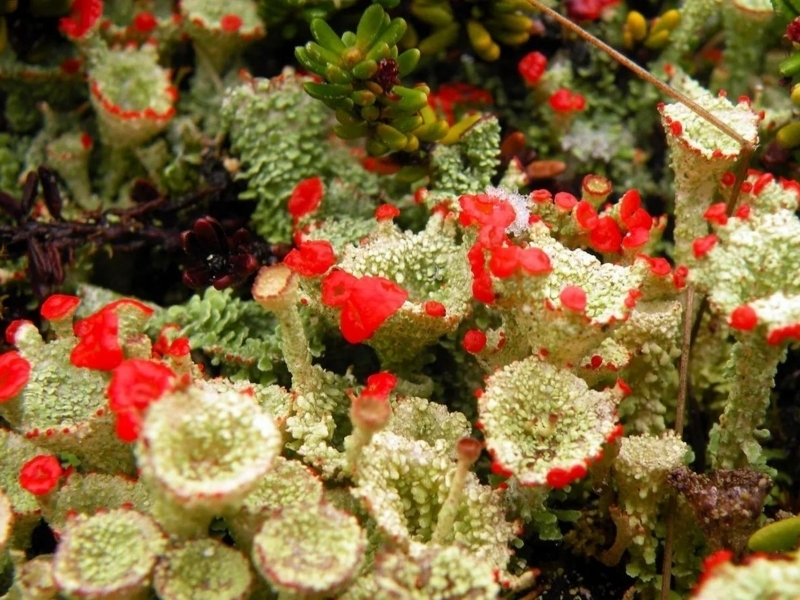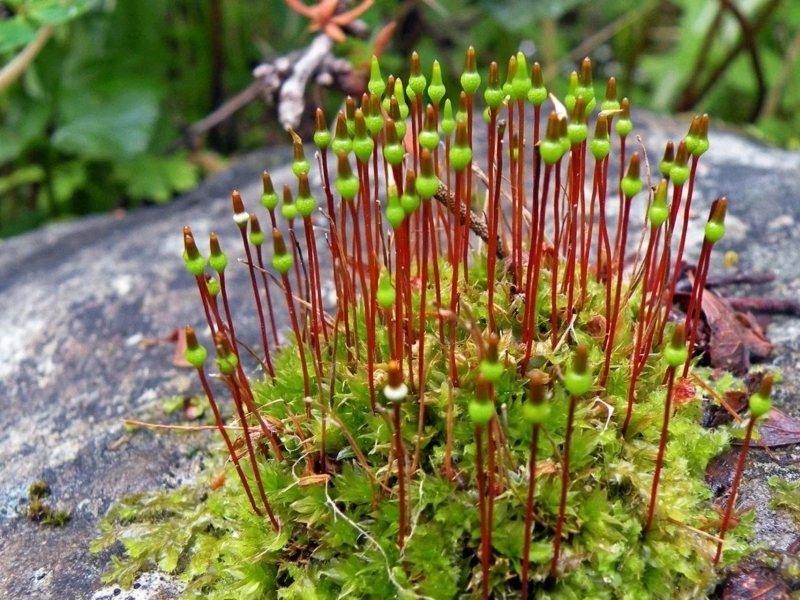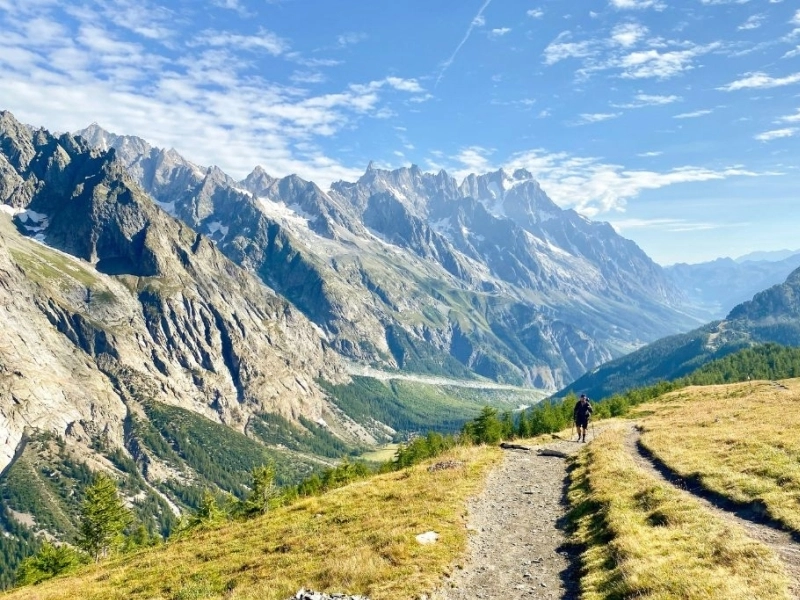News and Testimonials

A tiny forest on the tip of the world
Every year, travellers visit Patagonia to marvel at its vast glaciers and huge open skies. But this miniature forest is so small, visitors are given magnifying glasses.
Every year, travellers head to Patagonia to marvel at the vast glaciers, huge open skies and soaring mountains. But at Omora Ethnobotanical Park on Tierra del Fuego, visitors are encouraged to think small.
Tierra del Fuego, a remote, windswept archipelago at the bottom of South America, might offer little in terms of animals and trees, but when it comes to lichen, fungi and bryophytes (the collective name for mosses, liverworts and hornworts) it is among the richest corners of the planet.
“In an area that represents less than 0.01% of the Earth’s land surface, we find more than 5% of the world’s bryophyte species,” said Chilean botanist Ricardo Rozzi, who is a passionate advocate of sustainable eco-tourism in the area. “And what’s more, because it’s so isolated here, over half of them are endemic.”
Rozzi is co-founder of Omora, located on Navarino Island, one of the larger islands of Tierra del Fuego and the last inhabited spot before Antarctica. It’s a world away from the trekking, rafting, kayaking and mountaineering for which southern Chile and Argentina are better known. Instead, visitors are encouraged to engage in a quiet, low-key kind of eco-tourism.
On entering the park, you’re given a magnifying glass and, guided by botanists, are invited to get down on your hands and knees to delve into the weird, little-known world of Tierra del Fuego’s “miniature forests” – the moss cushions and lichen crusts that cover the rocks and trees. Focus is key: as you tiptoe and crawl through the park, it is easy to miss or even step on them.
“It’s a tourism that forces us to change our rhythm,” Rozzi said. “It requires calmness and attentiveness.”
I wondered how interesting mosses could be. But when I got up close, they started to come to life. Shapes and colours emerged that were not visible to the naked eye. One lichen was bright yellow, while another was green with a bright red tip like a little hat. Others looked grey and dull until I looked more closely and realized they were made of interlocked black-and-white shapes like crazy paving.
The minute plants played host to even smaller insects, snails and other creepy crawlies. Spores protruded from the mosses like tiny trees, and the moss cushions indeed started to resemble miniature forests.
One of the strangest lichens was Protousnea Magellanica, more commonly known as Old Man’s Beard, which looked like wispy spaghetti and hung off the trees in delicate webs. According to my guide Lily Lewis, it plays a vital role in the growth of the forest, trapping nutrients and salts blown in on the ocean wind.
Old Man’s Beard is extremely vulnerable to pollution, and has all but disappeared across much of the planet. But in Tierra del Fuego, where the air and rain are among the cleanest on the planet, it grows extravagantly.
“The hand lens is your entry point into the world of the miniature forests,” Lewis said. “Looking through a lens reminds you that there are other perspectives from which we can view the world.”
Looking through a lens reminds you that there are other perspectives from which we can view the world.

